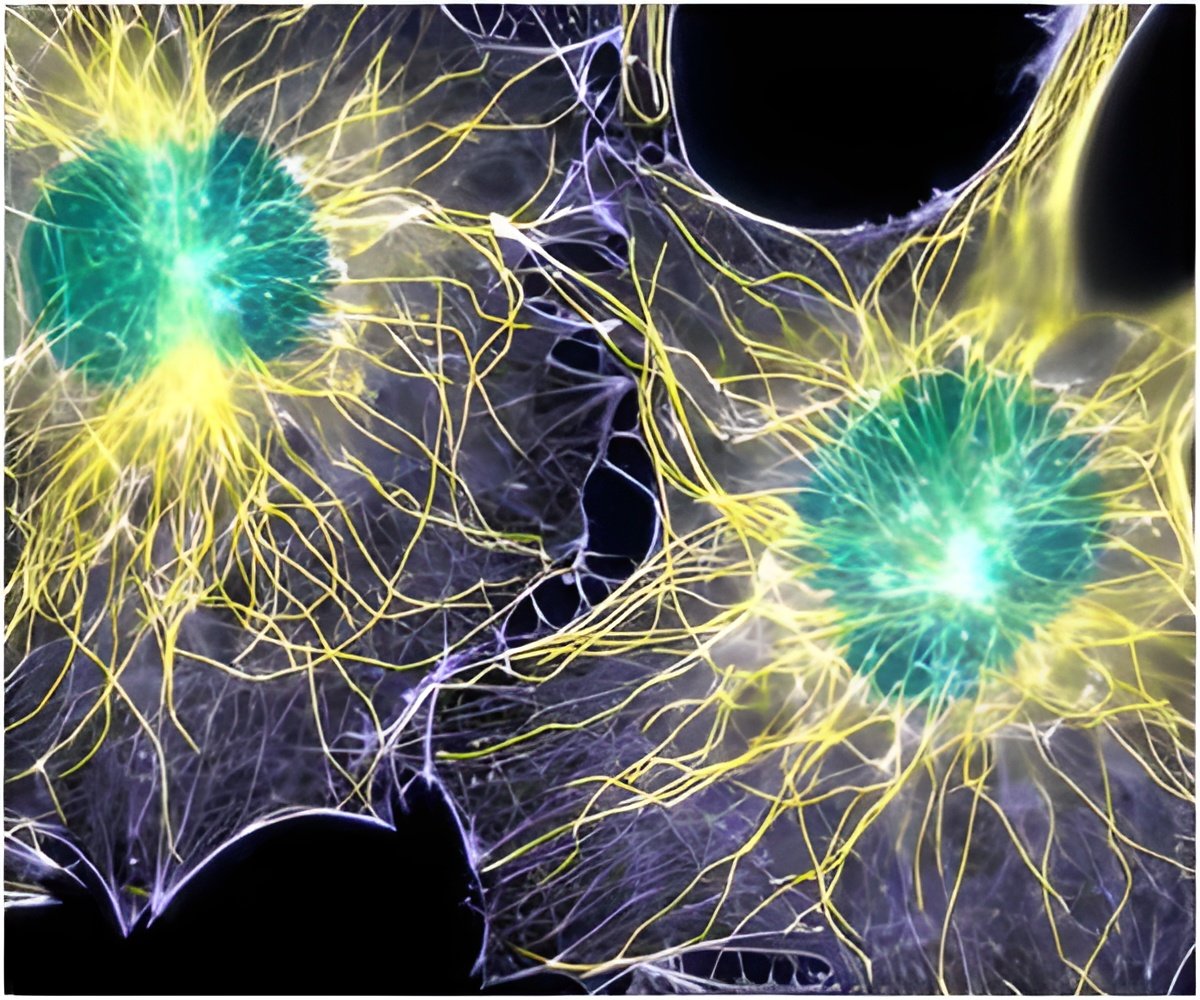
In hospitals throughout the world, aminoglycosidic antibiotics are used to combat even the most severe bacterial infections, being very successful especially against tuberculosis and plague. However, the continuous emergence of resistant bacteria has created an urgent need to improve these antibiotics. Previous experiments on bacteria have shown that specific point mutations in the bacterial ribosomal RNA confer high resistance against aminoglycosides. However, the physico-chemical mechanism underlying this effect has not been known. Using computer simulations the researchers explained how various mutations in this specific RNA fragment influence its dynamics and lead to resistance.
Bacteria have developed other ways of gaining resistance, not just through mutations, and further studies are underway. The authors are now investigating the resistance mechanism by which bacterial enzymes actively modify and neutralize aminoglycosidic antibiotics. These molecular modeling studies together with experiments could help to design even better aminoglycoside derivatives in the future.
Source-Eurekalert













